This month we feature Mexican artist, Frida Kahlo.
Kahlo suffered lifelong health problems, many of which were caused by a traffic accident she survived as a teenager. The isolation associated with the recovery from her various injuries influenced her works, many of which are self-portraits. Kahlo suggested, "I paint myself because I am so often alone and because I am the subject I know best."
As a young artist, Kahlo communicated with the Mexican painter Diego Rivera, whose work she admired, asking him for advice about pursuing art as a career. He recognized her talent and encouraged her artistic development. They began an intimate relationship and were married in 1929.
Their marriage was often troubled. Kahlo and Rivera both had irritable temperaments and numerous extramarital affairs. The bisexual Kahlo had affairs with both men and women. Rivera knew of and tolerated her relationships with women, but her relationships with men made him jealous. For her part, Kahlo was furious when she learned that Rivera had an affair with her younger sister, Cristina. The couple divorced in November 1939, but remarried in December 1940. Their second marriage was as troubled as the first. Their living quarters were often separate, although sometimes adjacent.
Deeply depressed, Kahlo was hospitalized again in April 1954 because of poor health, or, as some reports indicated, a suicide attempt. She returned to the hospital two months later with bronchial pneumonia. No matter her physical condition, Kahlo did not let that stand in the way of her political activism. Her final public appearance was a demonstration against the U.S.-backed overthrow of President Jacobo Arbenz of Guatemala on July 2. About a week after her 47th birthday, Kahlo died on July 13. There has been some speculation regarding the nature of her death. It was reported to be caused by a pulmonary embolism, but there have also been stories about a possible suicide.
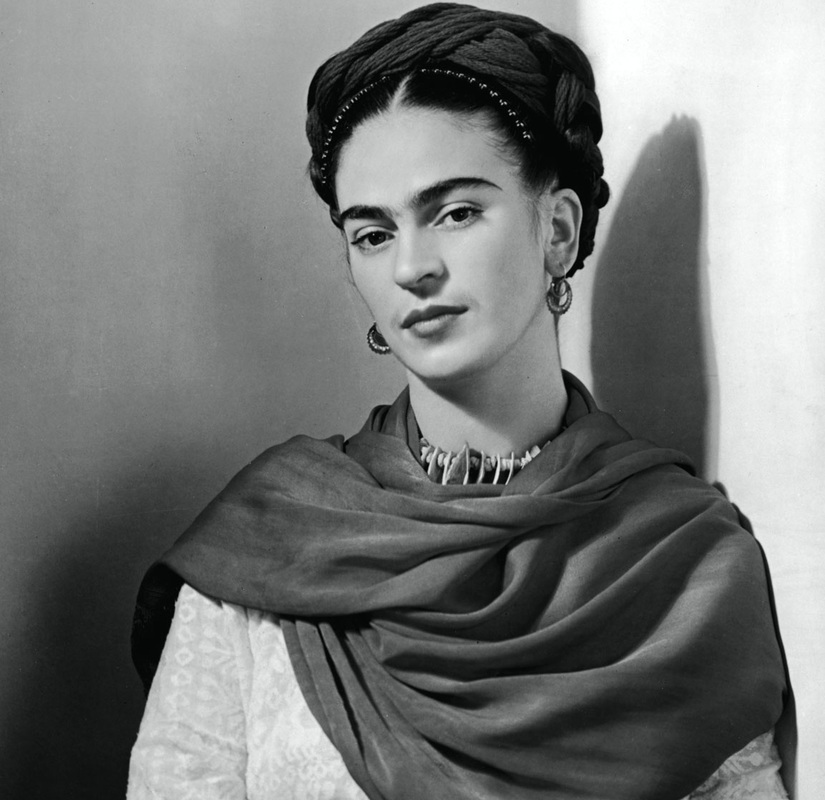
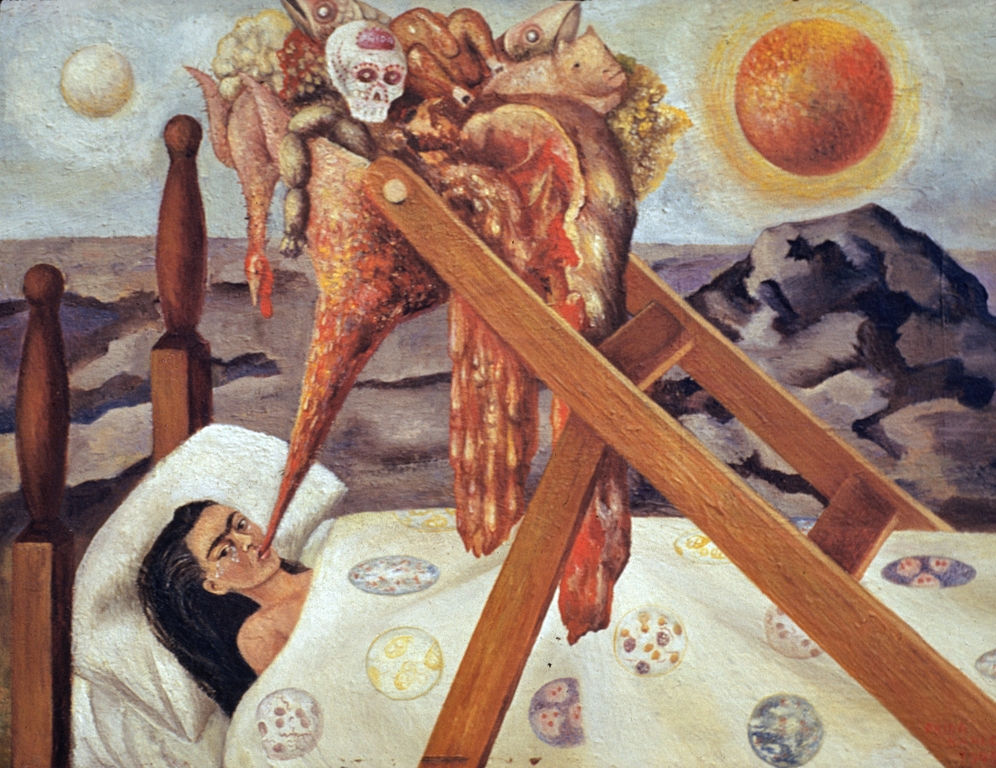
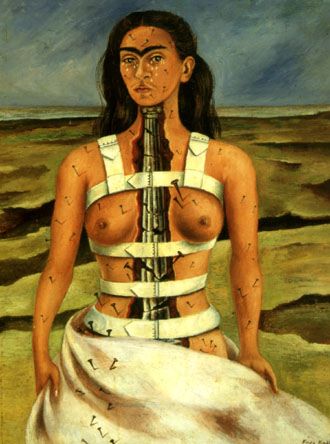
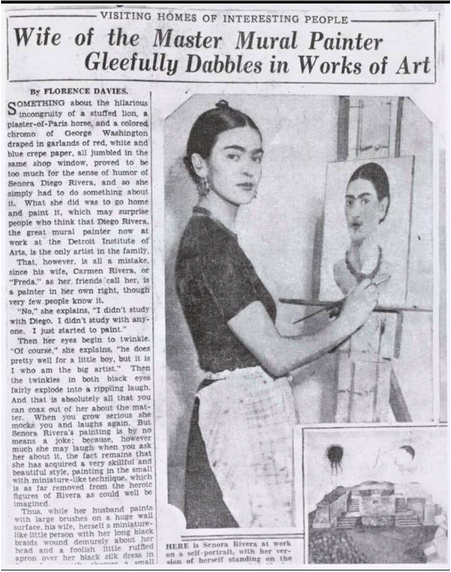
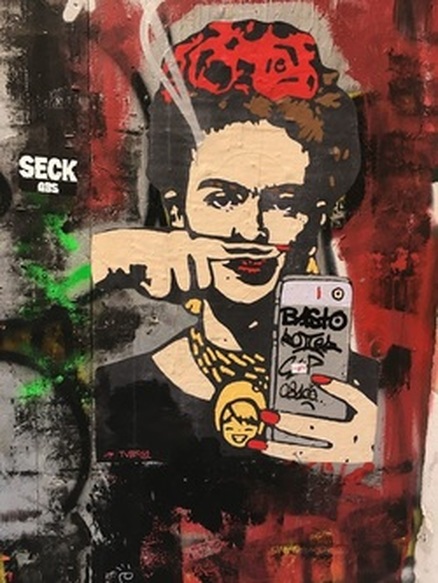





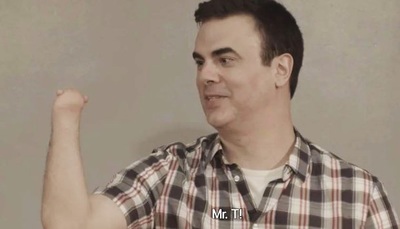
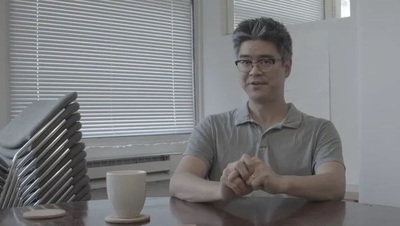
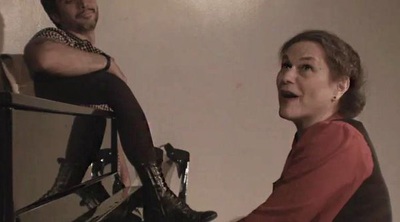
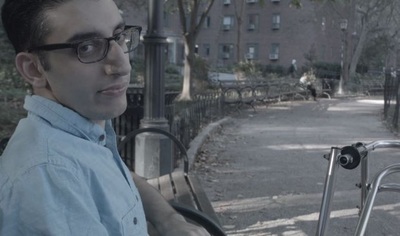
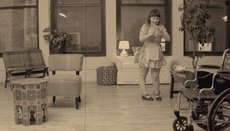


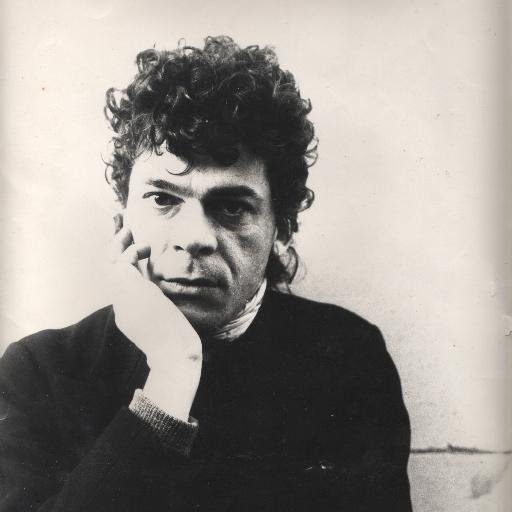

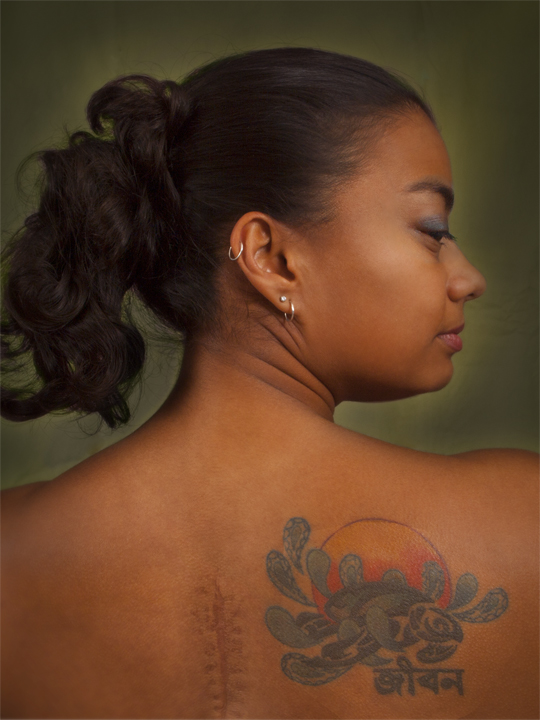
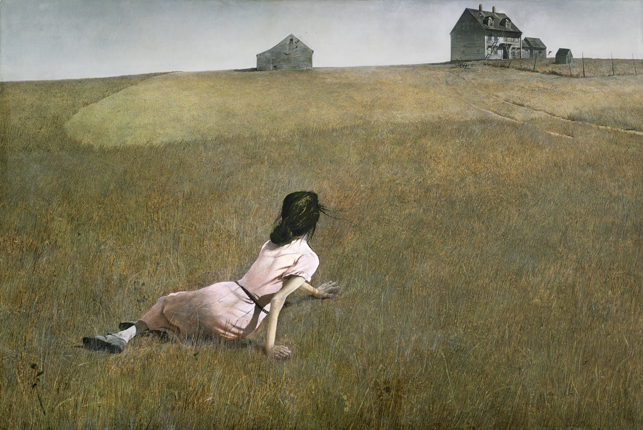
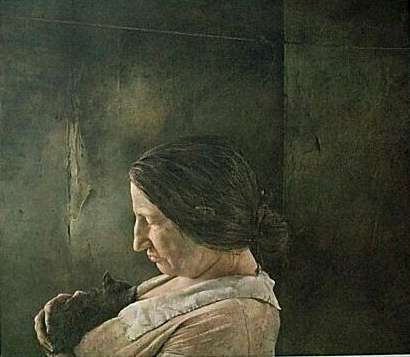
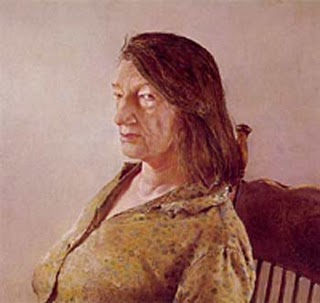
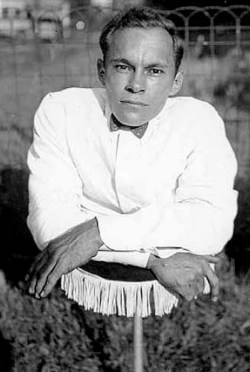
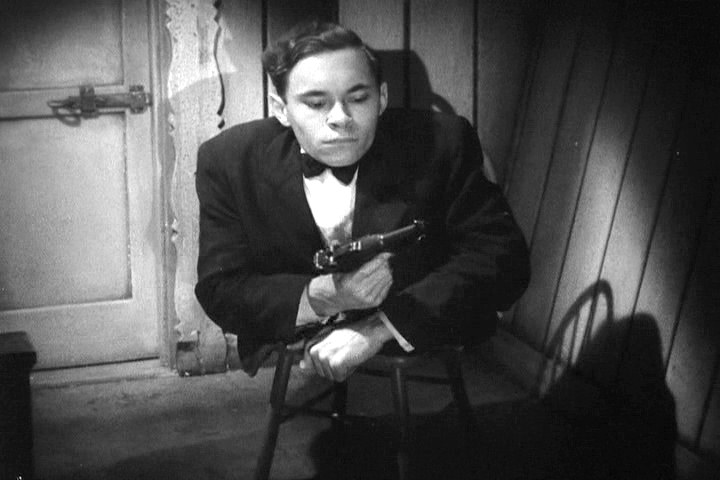
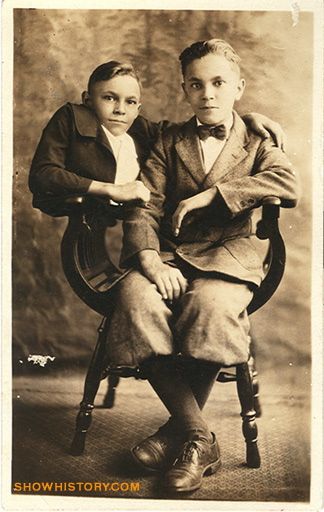
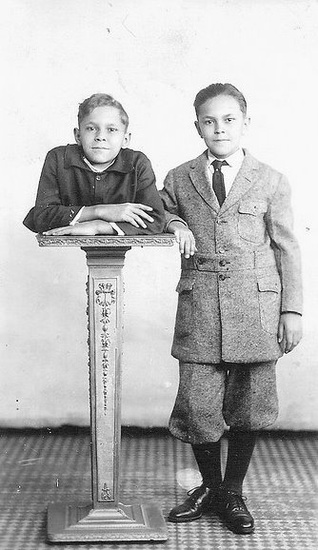
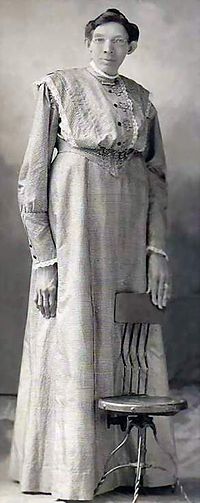
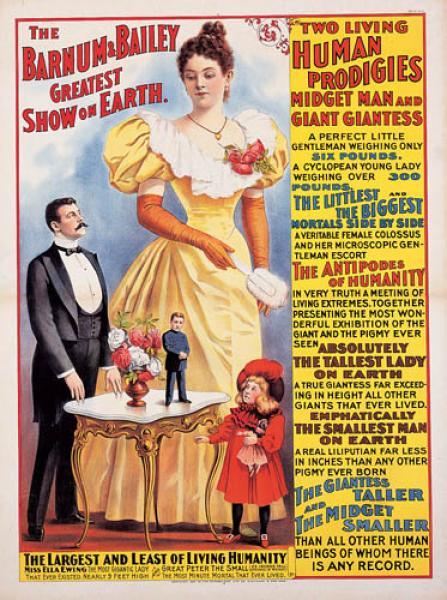
 RSS Feed
RSS Feed